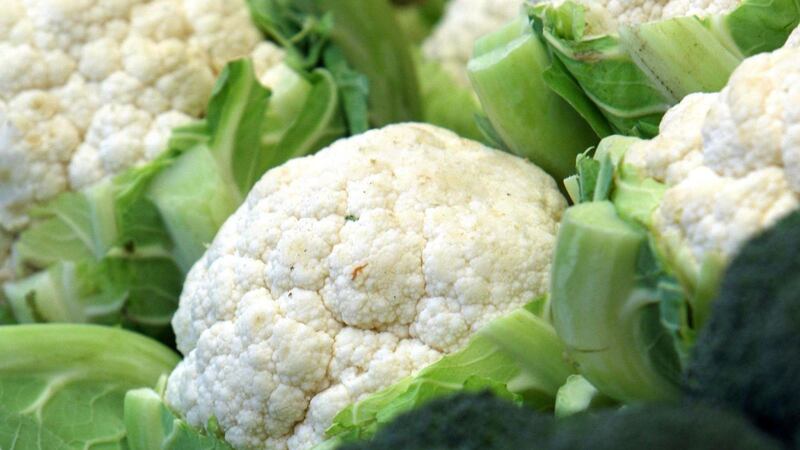The well known children’s song may declare cauliflowers fluffy, but now researchers have discovered why.
The mystery of how this strangely shaped vegetable forms has now been solved by a team of mathematicians and plant scientists.
Cauliflowers, and Romanescos in particular, are buds that are designed to become flowers but which never reach this goal.
The findings, published in Science, combine mathematical modelling and plant biology to show that instead of reaching flowering stage cauliflowers develop into stems, which in turn continue trying to produce flowers.
Cauliflowers are born from this chain reaction, resulting in a succession of stems upon stems.
Researchers found that the brief incursion of buds into a flowering state profoundly affects their functioning and allows them, unlike normal stems, to grow without leaves and to multiply almost infinitely.
The shape of the Romanesco – resembling conical Christmas trees – is explained by the fact that its stems produce buds more and more rapidly, while the production rate is constant in other cauliflowers.
This acceleration gives each floret a pyramidal appearance, making the never-ending aspect of the structure clear.
A selection of mutations in plants during the process of domestication has changed their shape, sometimes drastically, into the fruits and vegetables on supermarket shelves, the study also highlights.
Assistant Professor Etienne Farcot, from the University of Nottingham, is one of the mathematicians who initiated this research project.
He said: “After over a decade of collaborative work from a multidisciplinary and international team of researchers, this emergent process can finally be explained.
“Although most plants present a geometric organisation in spirals along main and secondary axes (called ‘phyllotaxis’), cauliflowers present an unusual phyllotaxis with a multitude of spirals, nested over a wide range of scales.
“How such a fractal self-similar organisation emerges from developmental mechanisms has, until now, remained elusive.
“Combining experimental analyses in Arabidopsis thaliana cauliflower-like mutant with mathematical modelling, we found that curd self-similarity arises because growing plant tissues fail to form flowers but keep the “memory” of their transient passage in a floral state.
“Understanding this genetic mutation could help plant scientists optimise growth of related plants.”








